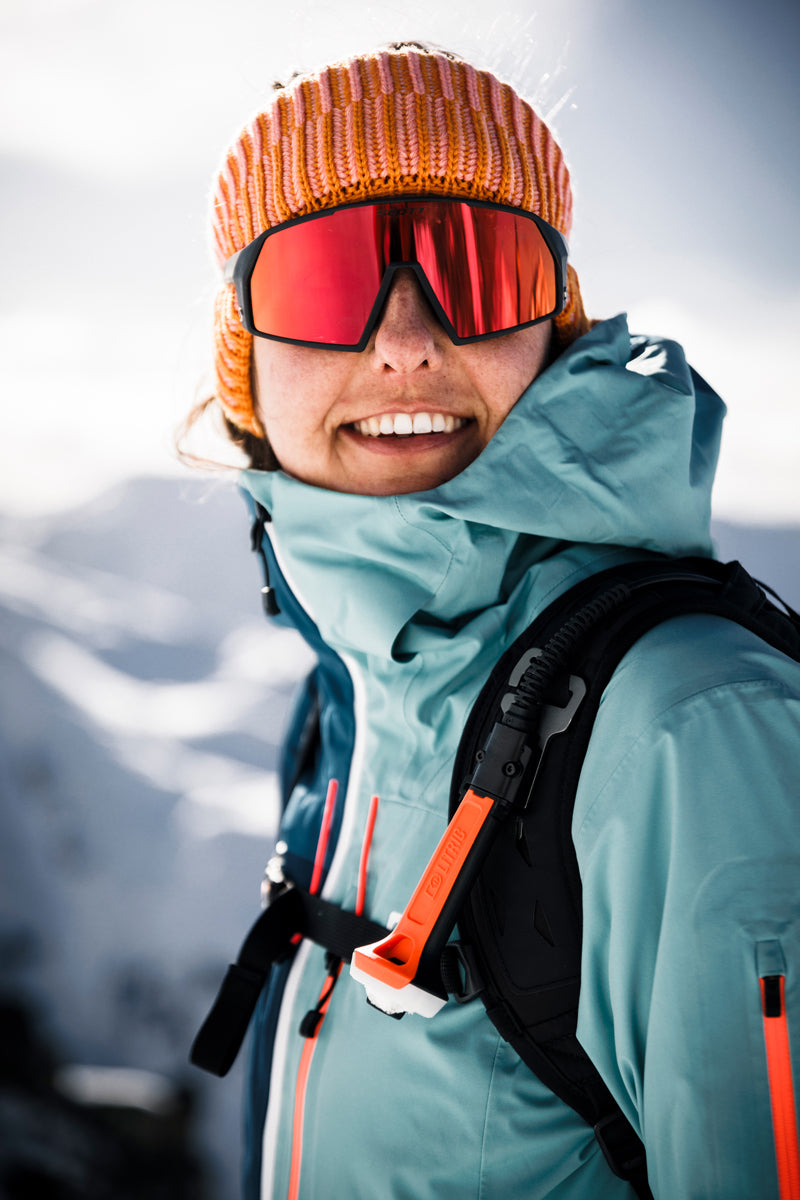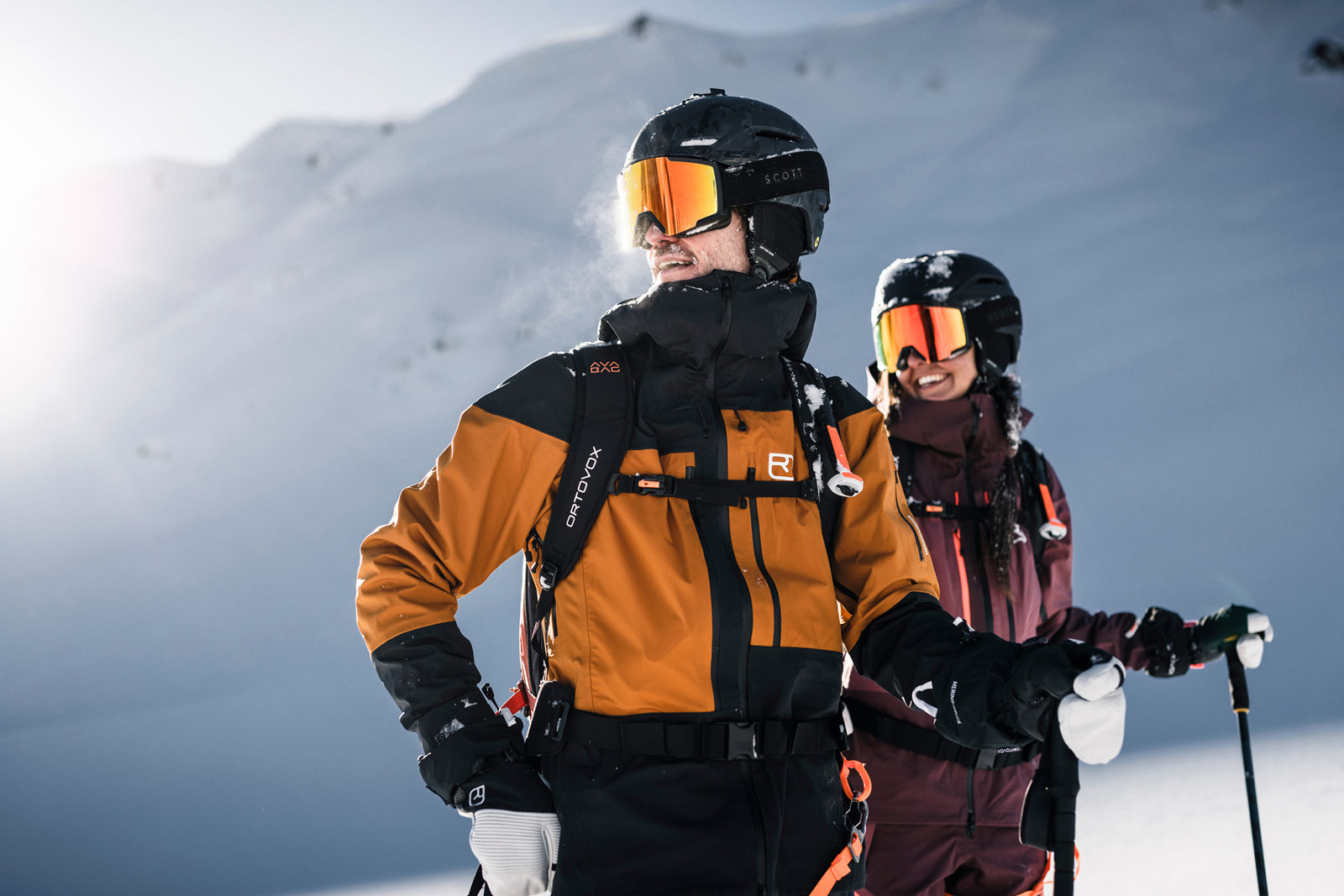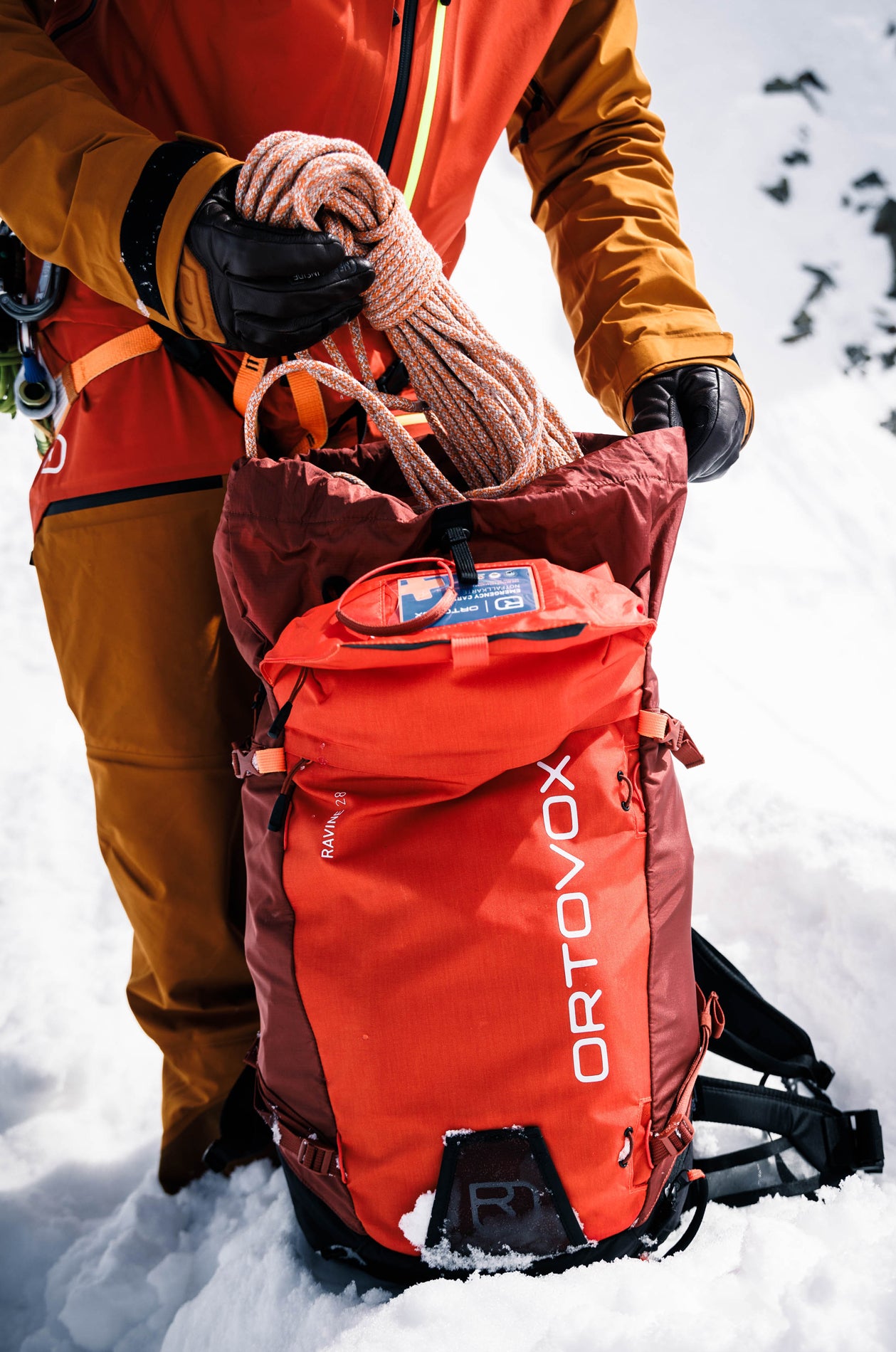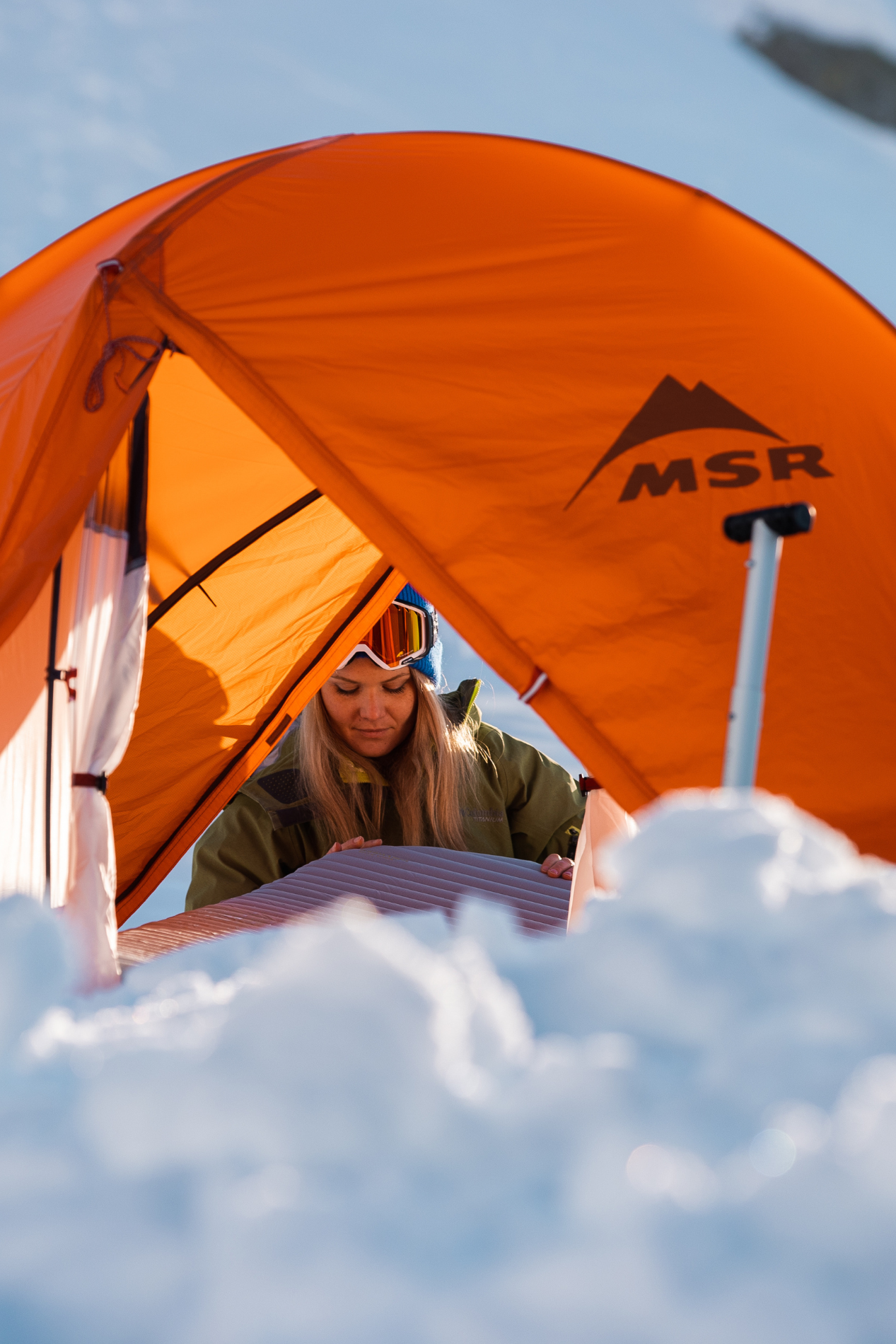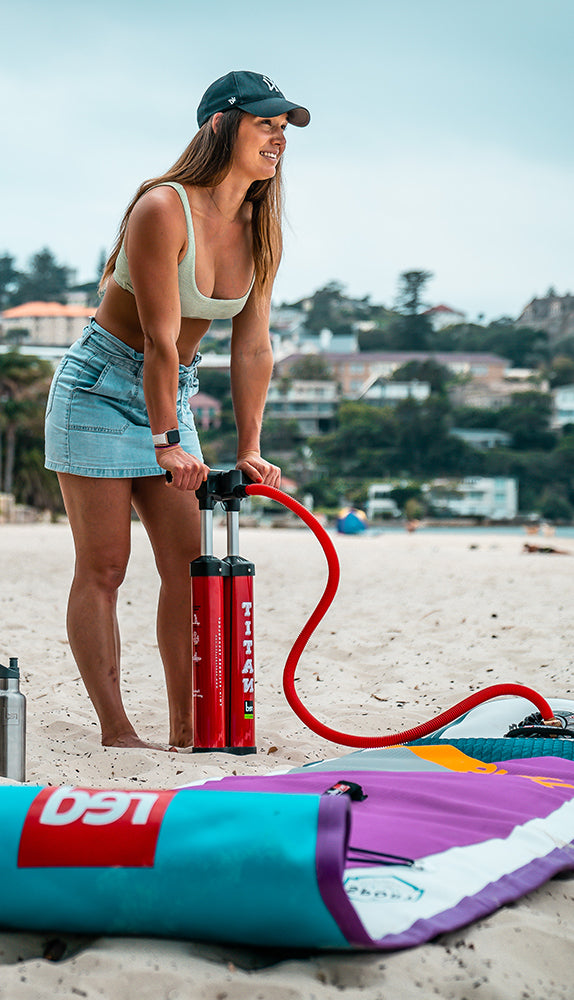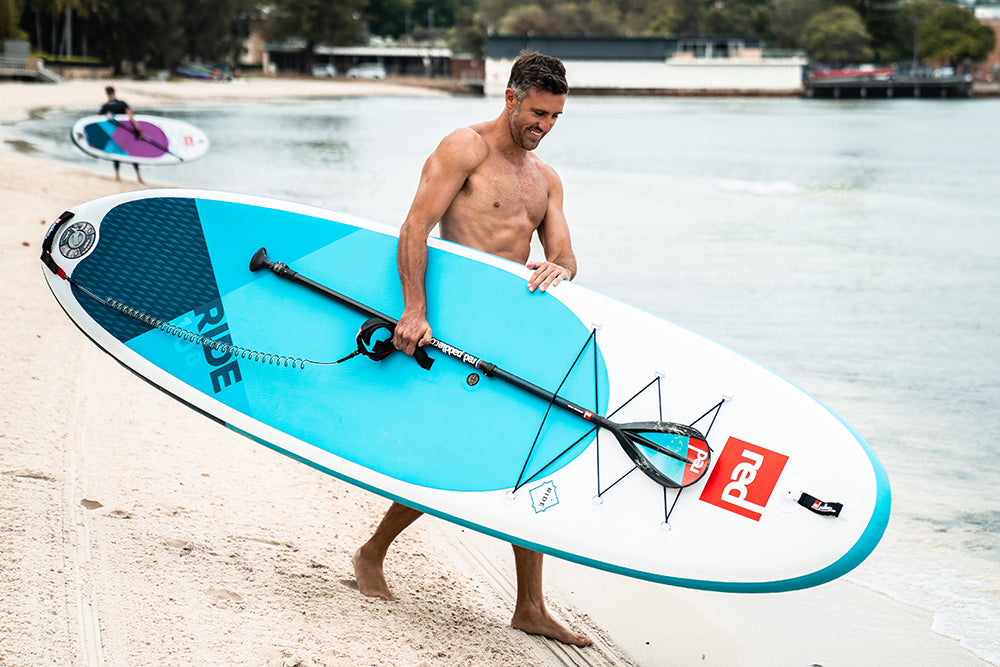It's May 2022 in Whistler, we should be skiing spring slush and drinking beers with our buddies. Instead, it's sub zero above 1500m and fresh powder is falling from the skis. With this opportunity we got our hands on the brand new 2023 DPS Pagoda Tour RP and took it for a spin. We wanted to give you the low down on what's changed for this new 2023 DPS skis
In this blog we will cover;
Learn more: DPS Pagoda Tour series 2023 – what’s new?
DPS Pagoda Tour Construction
This DPS ski is focused on using the lightest materials for the uphill, whilst aiming to still maintai the balanced performance properties that you need to feel confident on the downhill. The new DPS Pagoda Tour construction maintains that balance. In order to maintain this balance, DPS skis use innovative, state-of-the-art materials, technologies, and designs in order to the create the best ski touring skis.
The Pagoda Tour name comes from the Buddhist temple which generally features a layered roof structure. This layer like structure is replicated within the Pagoda Tour ski. This intricate layering of materials provide an incredible balance of weight to performance. If you have ever been ski touring with an uber lightweight ski, it can really knock your confidence when skiing downhill as you get bashed around on every bump in the snow.

DPS Pagoda Tour Shape
Rocker/Camber
This is the RP part of the name. Standing for resort/playful. The RP shape comes with a 55%/45% rocker camber split. This percentage split allows the DPS ski to feel incredibly playful because it turns so easily. This is unlike it’s big brother - the C2, which has a 70%/30% rocker camber split. Therefore it doesn’t naturally turn as easy and short as the RP. So keen that in mind when choosing which DPS skis to buy this season.

Turn Radius
This is the natural arc that a ski wants to make when placed on edge. The RP shape has a turn radius size off 15m. The RP shape allows the skier to make very easy, short and controlled turns where you do not hav to work hard to turn the ski in tight spaces like trees. It makes this DPS ski very intermediate friendly, because it does not require much effort to turn the ski.
DPS Pagoda Tour Weight
This is a key aspect of the Pagoda Tour construction. Finding the right weight that still feels strong and stable but is not limited when touring uphill. At 1480g for a 179cm length, the Pagoda Tour 100mm the ski by general standards is incredibly lightweight. The Pagoda Tour punches way above its weight with how it skis on the downhill. It feels like a ski thats 300-500g heavier, its quite remarkable!

Above: DPS Pagoda Tour 112mm Weight
Below: DPS Pagoda Tour 100mm Weight

DPS Pagoda Tour Materials
Prepreg Carbon
All carbon in skis is not created equally. There are several different types of carbon make ups in skis. Prepreg carbon has the optimum resin-to-fiber ratio. Where as other carbon layups such as wet layups, are not measured accurately. This creates excess resin, plus it means the spread can be uneven and create flat or damp spots within the carbon. The downside to pre-preg carbon is its more expensive to produce. However, when quality and performance is key, pre-preg carbon is crucial. DPS skis use pre-preg carbon, this means you'll have a consistent feel across every single DPS ski.
RaceBase
A sintered race base is made by compressing and heating polyethylene powder, but never reaches the melting point. This makes for a more porous and durable product that accepts wax easier. Every DPS ski uses a sintered race base. When comparing to extruded bases (the other type of ski bases). Sintered bases are faster and more durable but require more maintenance, extruded bases are cheaper but easier to maintain. Pair this sintered race base with a DPS Phantom wax and you have a consistently fast ski, forever!
If you’ve never heard about Phantom wax, check out our blog.
Learn More: What is Phantom Wax
Edges
DPS use Rockwell 48 steel edges. It’s most commonly used in varying thickness and depends on the category of ski. Lightweight skis can use a thinner, lighter edge, while a park ski could use the thickest/widest edge.
SideWalls
The point of a sidewall is to lock in all the materials in-between the top sheet and the base in a waterproof seal. The standard material to use is rubber. However, DPS are moving to more sustainable materials. DPS skis use a new bio based resin called Algal. This new material is 65% bio based and therefore more sustainable. As opposed to the standard rubber.
Tail
An aluminium tail is interlocked with the wood core. This is a is a full thickness tail piece that optimizes durability and skin functionality.
Learn More: Who are DPS?
DPS Pagoda Tour Downhill Performance
Downhill performance can be confusing as surely every ski has downhill performance. Let me explain. If you have ever skied a resort ski on a groomer, you will likely have experienced good quality downhill performance. The ski feels strong and supportive, it responds quickly to your movements and has minimal vibrations. Think of the opposite of that, a ski that feels squirrely, loose and gets bounced around on every bump.
This is what DPS aim to avoid. However, when reducing the weight of a ski with traditional materials (lightweight wood and carbon). The squirrels loose feeling is what you usually get. This is why DPS skis use new materials and the blending of many different materials to try to find a better balance.

Looking for more lightweight gear?


